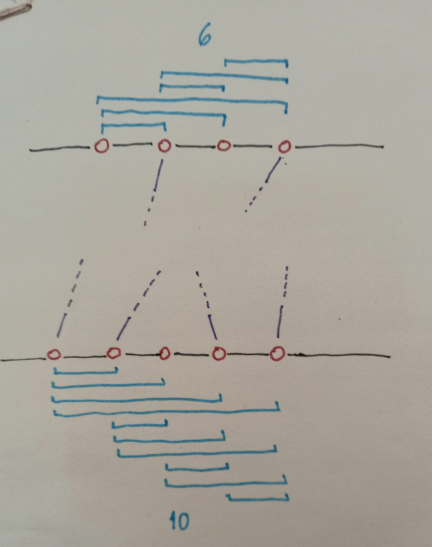Question Number 180585 by mr W last updated on 14/Nov/22

Answered by nikif99 last updated on 14/Nov/22

Commented by mr W last updated on 14/Nov/22

Commented by nikif99 last updated on 14/Nov/22

Commented by nikif99 last updated on 14/Nov/22

Commented by mr W last updated on 14/Nov/22

Commented by mr W last updated on 14/Nov/22

Commented by nikif99 last updated on 14/Nov/22

Answered by cortano1 last updated on 14/Nov/22

